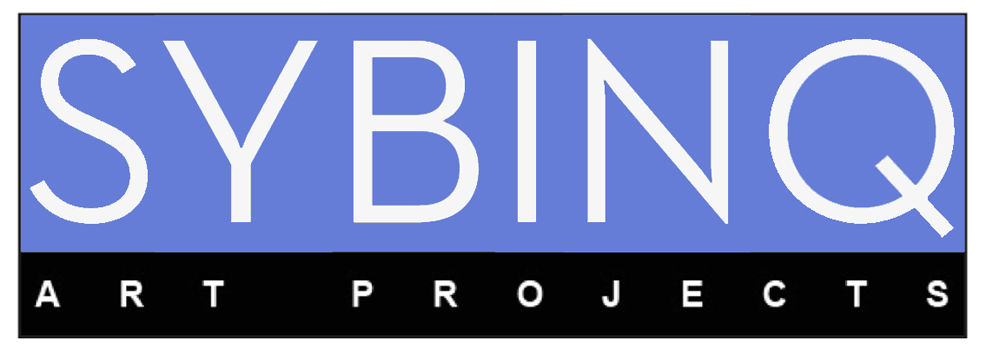 Hum.
Hum. I have been surfing the net for an image of Unit 2 Gallery, the place where we are going to install the show in a few months' time. This is all I have found, which gives absolutely no idea of the space we have to confront with. We popped in the other day to see the present show (which isn't on the website by the way: no updates since April 2009) and found ourselves walking into a narrow and long room, with a glass window and door at the bottom.
The only access is a door behind the University's gates, which are accessible only if you are a student and possess a card. Should you forget your card home more than three times, access will then be denied to you. Habda asked if the front door on the street could be opened, to facilitate people's access, and the answers were: "Yes of course" and "Absolutely no". We still have to find out which is the correct one.
The relationship with the space is quite an interesting point each curator has to consider sooner or later. The artworks can just be traditionally exhibited on the walls, or put in a tight dialogue with the space itself, which can be altered, changed, according to the nature of the show. There seem to be no written rules of display, and I personally do think that sometimes a good setting just comes from a right sensation "in your guts", like some dealers like to say.
Some of us are very interested in the space, especially with the concept of active and inactive. Unit 2 is an exhibition space inside a public building, like a brain in a head, and this already puts it in a peculiar position. Artists who work on the space, investigating it, modifying its perception, have been proposed by Habda. She sent a link today to a very interesting artist, Russel Chater. He works with displays holding nothing, playing with the notion of the Arcade and realizing objects between minimalist, formalist and kitsch aesthetic.
Clementina is really interested in the concept of the maze, and would like to use it as a display device, whereas Francesca took some examples of Theo Vandoesburg 's paintings and showed them to us like they were a map of a space seen from above.
I won't give away what Will is working at, instead, because he may blog it himself. Come on, mate!
As for me...well, I have a very complicated relationship with the space, it's still kind of tough to me and it shouldn't interfere with the artworks too much. Therefore, I am still working on it.


